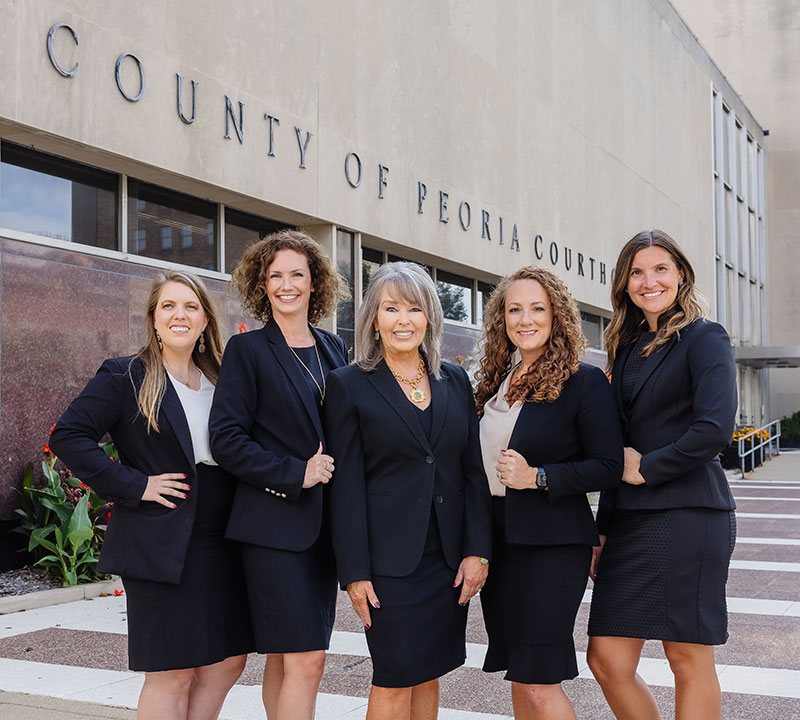According to AARP, Inc., the divorce rate among married couples age 50 and older has doubled since 1990.The increasing prevalence of divorces among this age demographic has led many to refer to the phenomenon as gray divorce.
For men and women who are age 50 or older, divorce concerns largely center on how to fund one’s retirement years. Like divorces among younger couples, in gray divorces marital assets must be divided and two lifestyles afforded on a much smaller amount. However, unlike younger divorcees, individuals age 50 and older have few to no working years left to attempt to recoup financial losses which only compounds their financial difficulties post-divorce.
While many older divorcees learn through the divorce settlement process that they are entitled to a share of an ex-spouse’s retirement account assets, fewer realize the same may hold true for Social Security benefits. In cases where an individual was married for 10 or more years, is age 62 or older and is not married; he or she is entitled to a portion of an ex-spouse’s full retirement benefits amount.
An individual can apply to receive a portion of an ex-spouse’s Social Security benefits even if the ex-spouse is still delaying taking benefits. All that matters is that an ex-spouse is eligible to begin taking Social Security. Taking advantage of an ex-spouse’s Social Security benefits is especially beneficial for women who may have relied on an ex-husband’s income while married or for those spouses who earned less than an ex-spouse.
Individuals who divorce later in life often face unique challenges. An attorney who has helped other gray divorcees through the divorce process can answer questions and provide advice that can help an individual meet his or her post-divorce financial goals.
Source: Social Security Administration, “Retirement Planner: If You Are Divorced,” 2014


